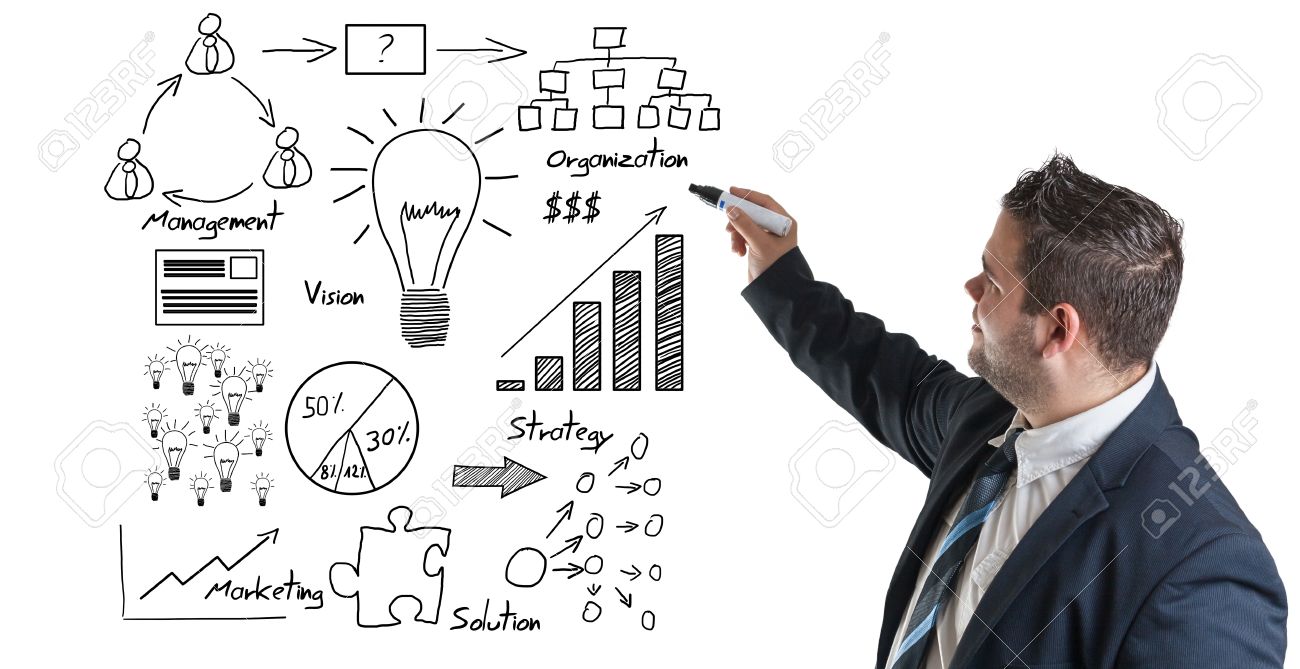Okay, so a quick review. “Tweeners” are those donors who give more than the average direct-response donor yet not quite enough to consider them a major donor. Currently, they’re in your direct-response or annual fund (you know I hate that term) program and their return on investment is outstanding.
The mistake that many non-profits make is placing these “tweeners” or mid-level donors into a major gift program and they end up getting lost. They go from 6-20 appeals a year to either one or none. Then development directors wonder what happened to revenue.
With these “tweeners”, the objective of creating a mid-level program should be to increase gross revenue, upgrade their giving levels, increase retention and move them into major gift status at a faster rate than continuing to leave them in your regular donor program.
Whew!
Now, before you start implementing a mid-level donor program, in my last post I talked about three things you have to get right before you start.
- Know your current donor metrics
- Test your program
- Understand what you are measuring to show success
If you have a handle on these three, we can start talking strategy, …well, almost.
The most successful mid-level donor programs that I have reviewed are a combination of what’s great about your direct-response program along with a good helping of what is awesome about your major gift program.
As I said, many non-profits blow it by taking these “tweeners” out of the regular donor program and throwing them in with the major gift program. They stop mailing, calling and e-mailing.
It’s a disaster. Revenue suddenly drops. Executive Directors start breathing down your neck.
So, here is what you do. Take your regular donor program as your base. Lay it out on a white board. Yes, literally write out your year-long strategy on the white board from January to December. Go ahead, do it. Believe me, this will help.
Now, take a look at everything you do. Pretty cool. Then, get out your major gift program strategy. This you can leave in front of you as a guide.
But before you start creating your new program, here are the four overarching principles to consider that will drive your mid-level strategy:
1) Get to know these particular donors better. Remember, people want to feel known. This is huge.
2) Challenge them to consider investing more in your programs. You’re going to have to go beyond just increasing gift asks. Remember, you want to create MORE revenue with this program.
3) Give them more attention and make them feel important. Again, donors want to feel like they are making an impact and that they are needed.
4) Provide amazing customer (donor) service and tell them how their gifts are directly making an impact in ways they have not yet experienced with you.
These four overarching principles are what will guide you to produce creative, innovative strategies that will help you meet the objectives of your new mid-level program.
So now I’m going to give you time to actually put your current donor strategy on that white board and my next post will be filled with some awesome new ideas.
I can’t wait.
Jeff







0 Comments